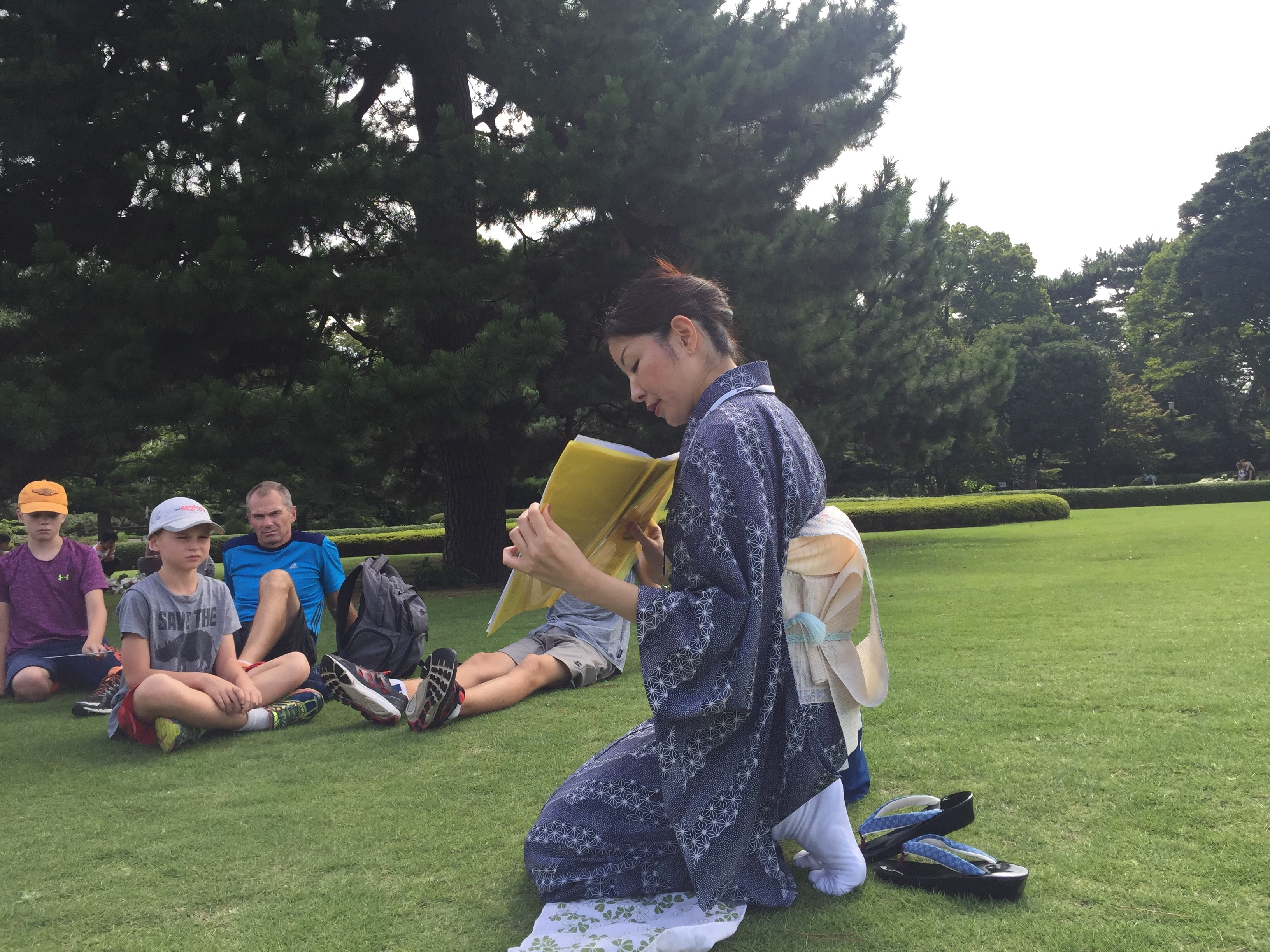Thank you so much for choosing our tour to the East Gardens of the Imperial Palace on July 22. It was fantastic weather but very hot. Nevertheless I hope you could walk over to the shade and enjoyed the tour. The number of participants were 37 from 16 countries.
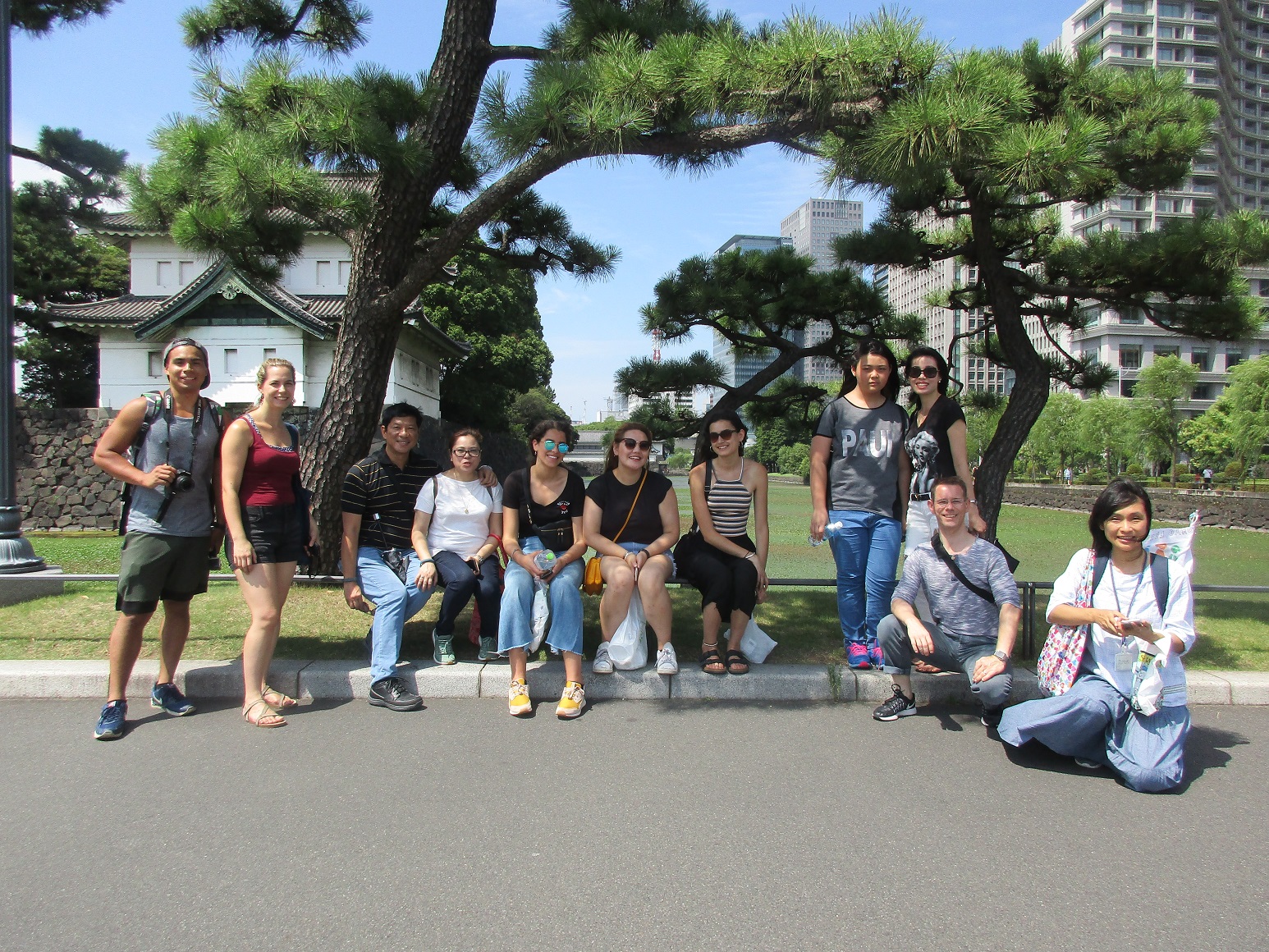
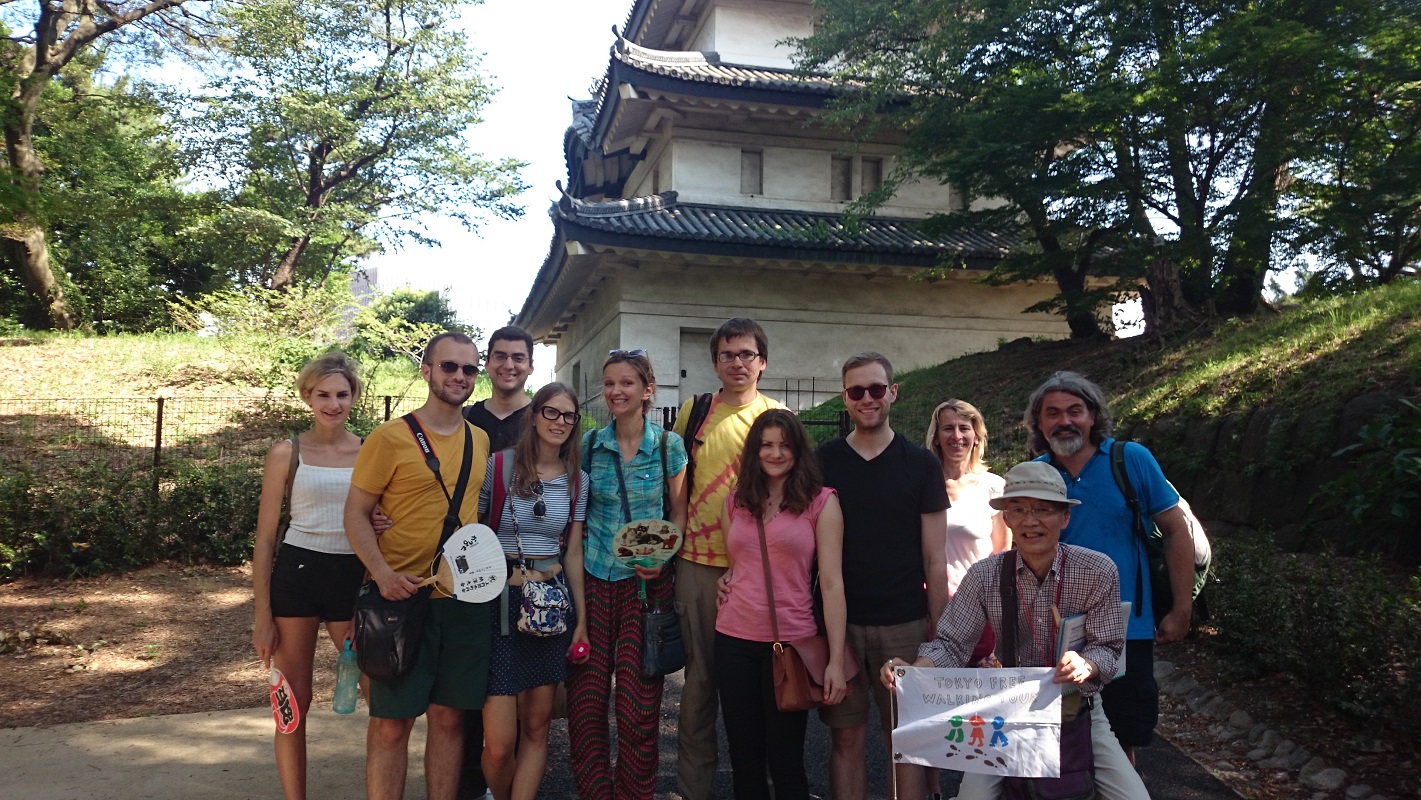
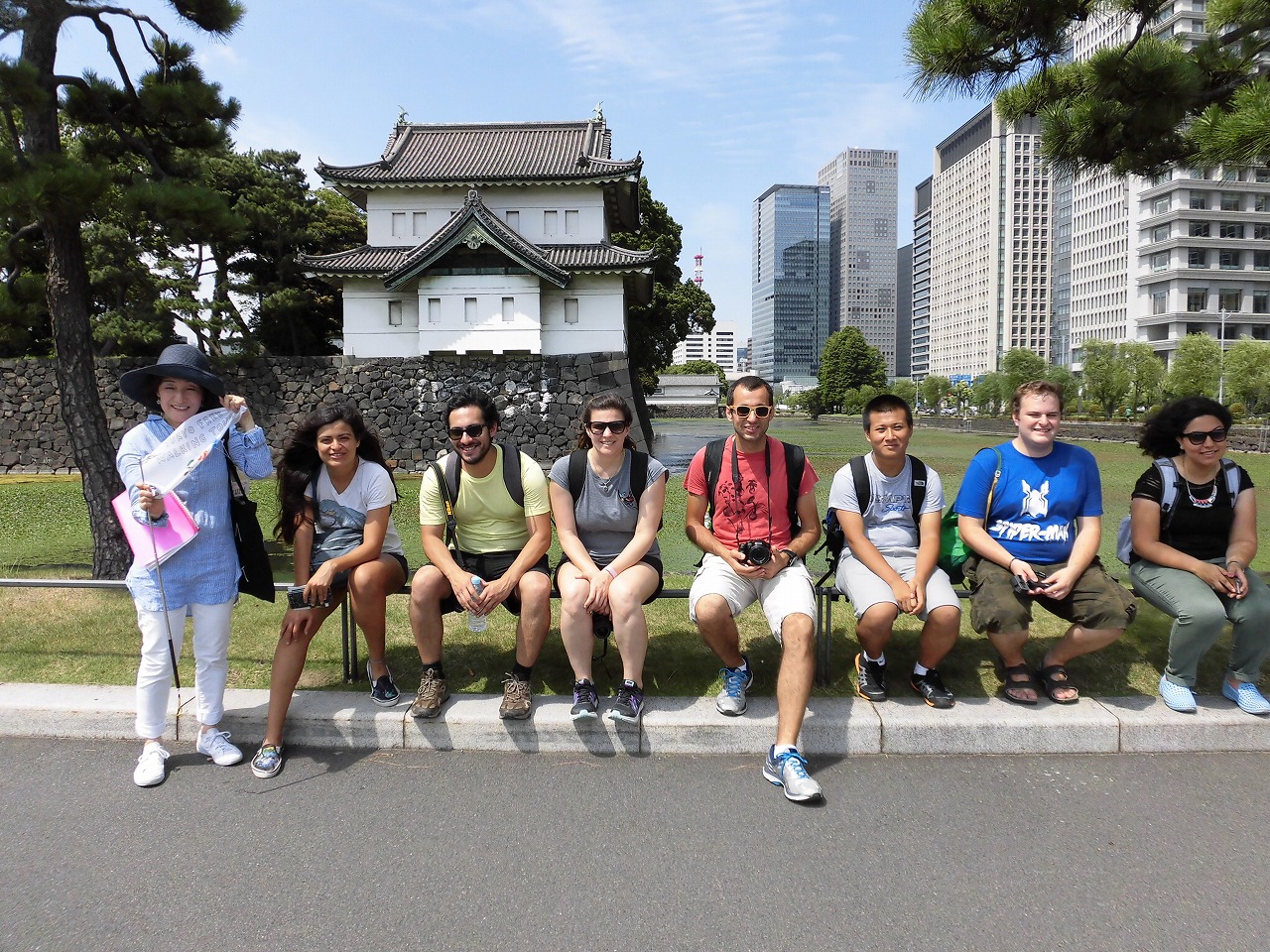
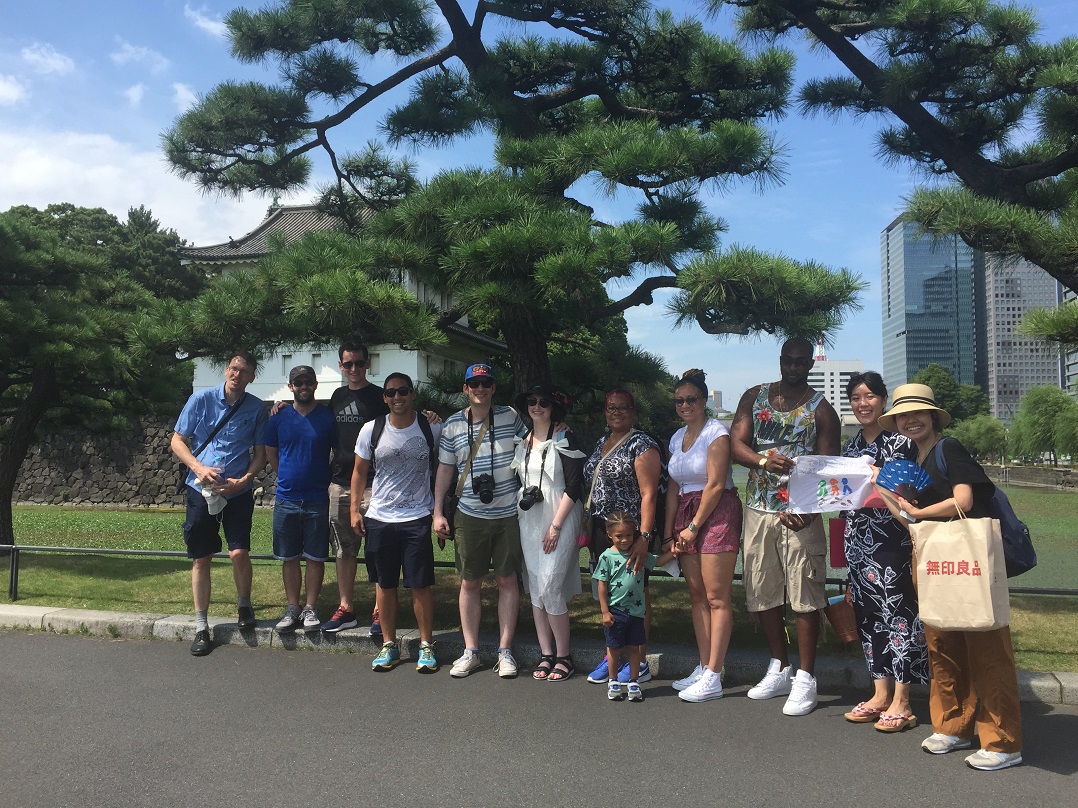
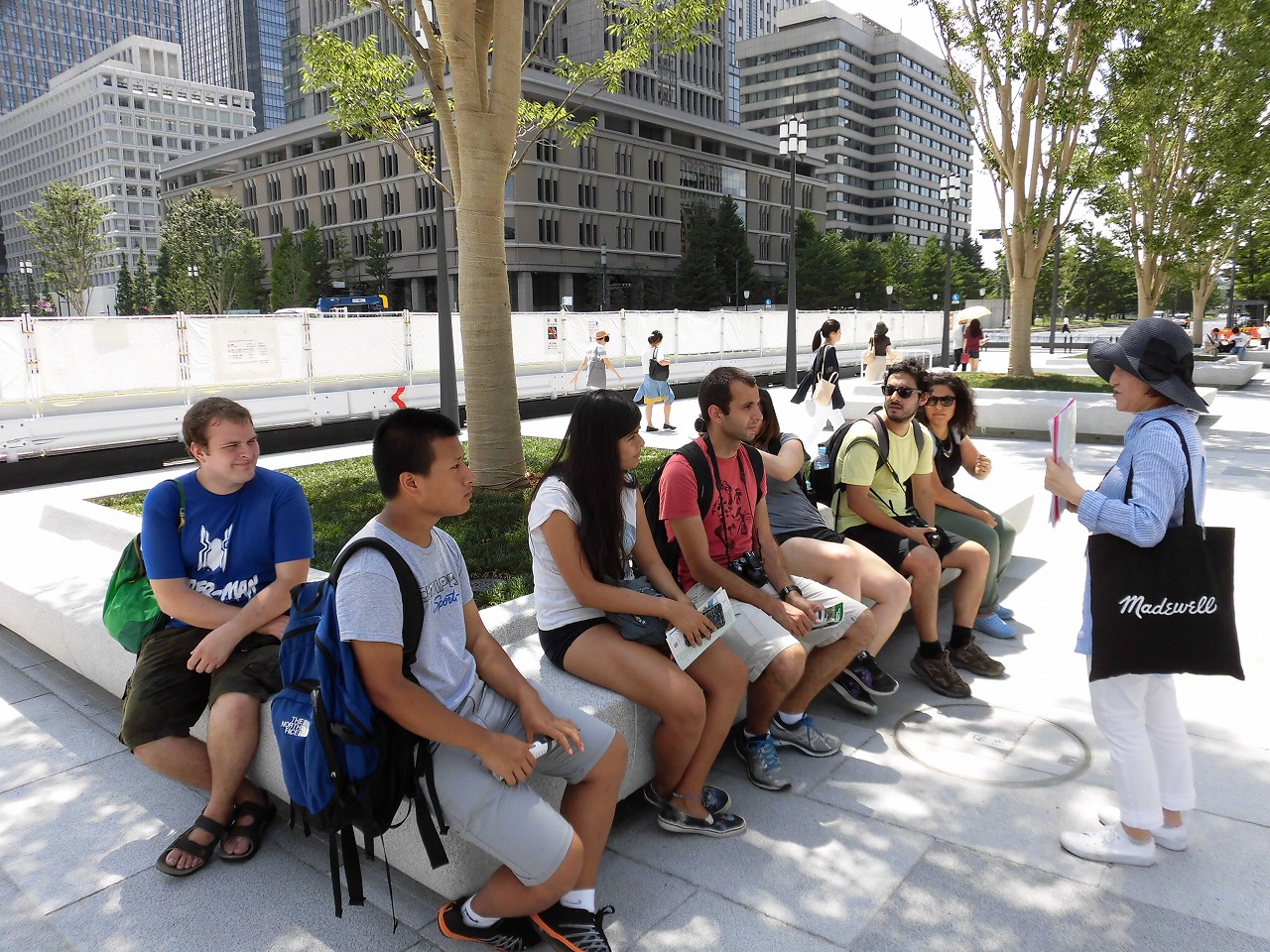
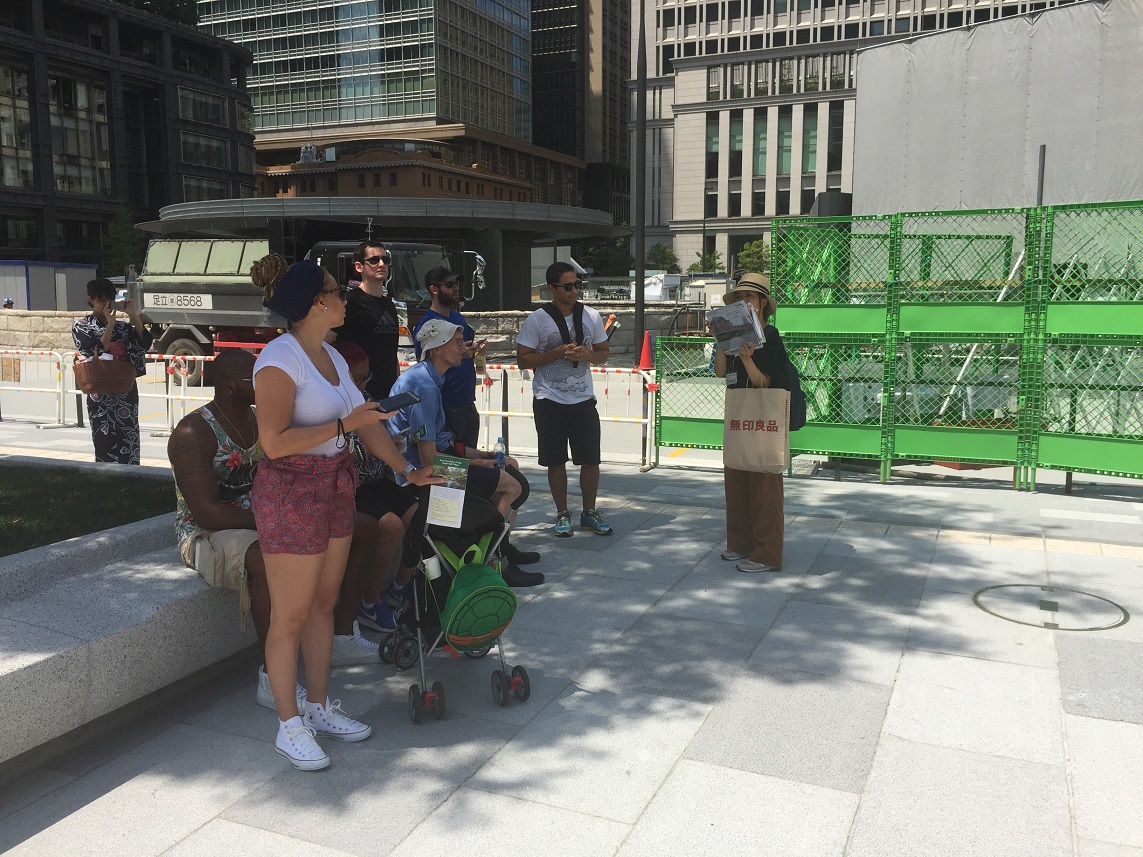
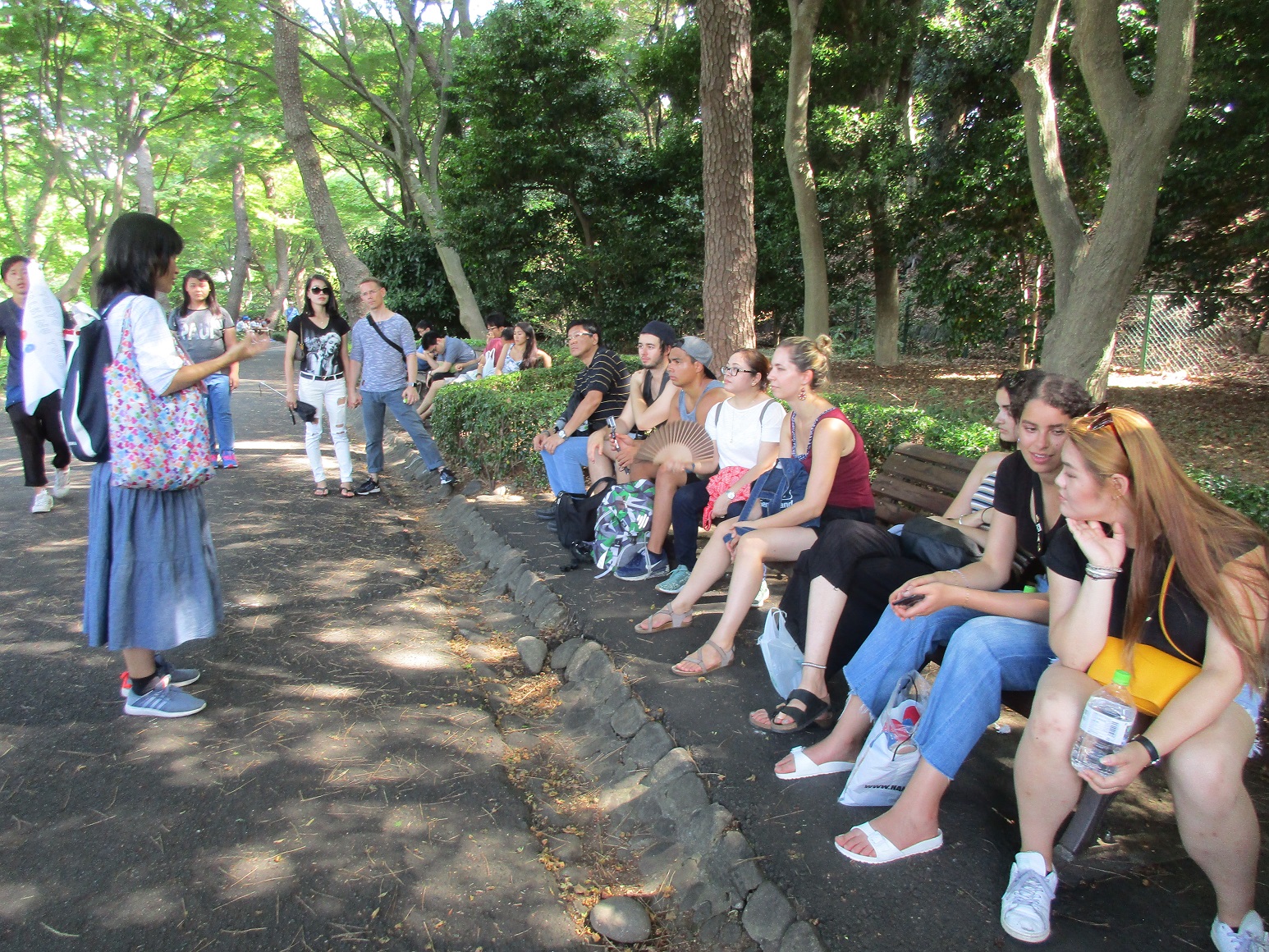
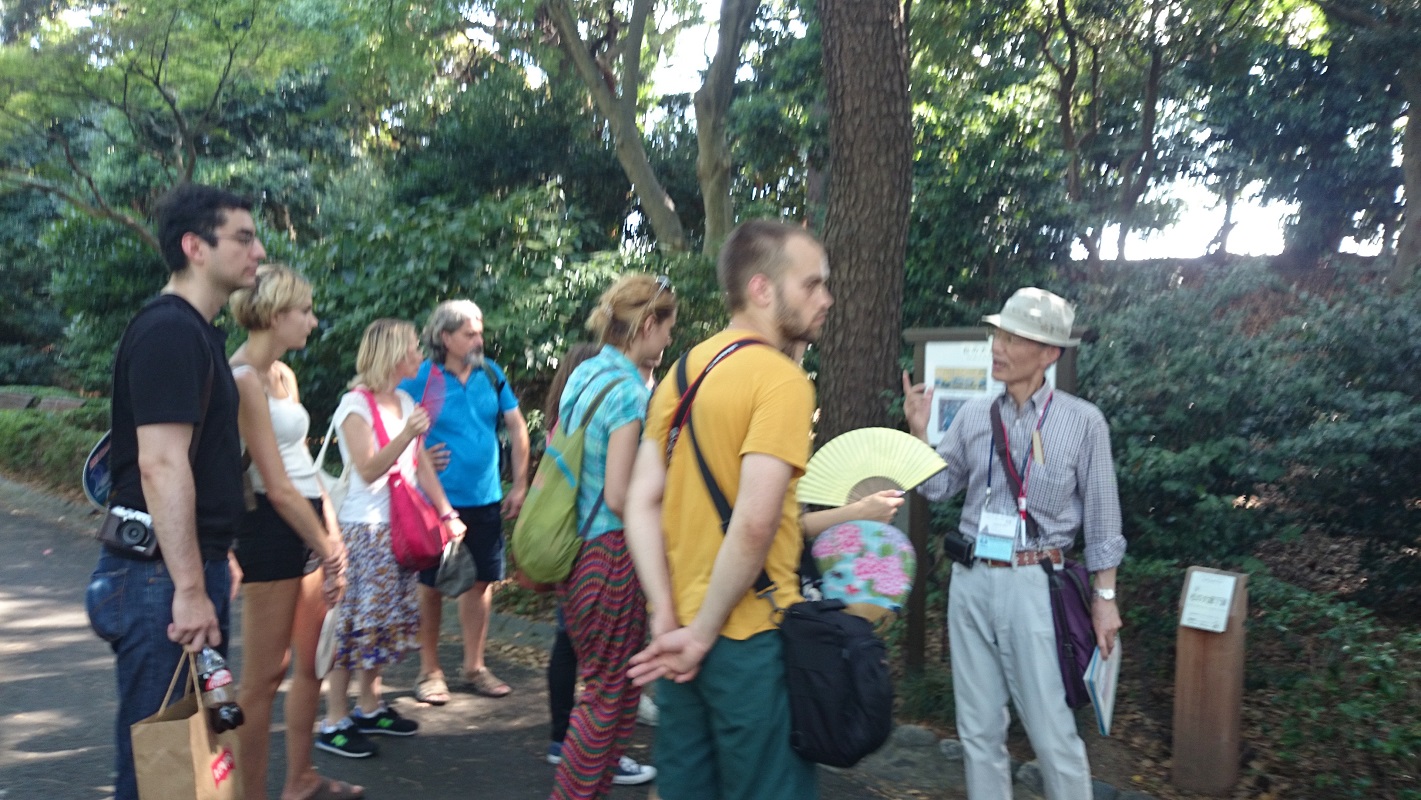
Some people may not be aware that there was a sophisticated Noh theater at the front area of the main compound of Edo Palace and most Shoguns(leaders) loved and patronized Noh during the Edo period. Noh means skill or talent and is the oldest form of theater mixing music, dance and drama completed in the 14th century by the men named Kan’ami and his son Ze’ami 200 years before Kabuki, and continues almost in the same manners and language until this day. It was unfortunate that Ze’ami was exiled to Sado island for an unknown reason.
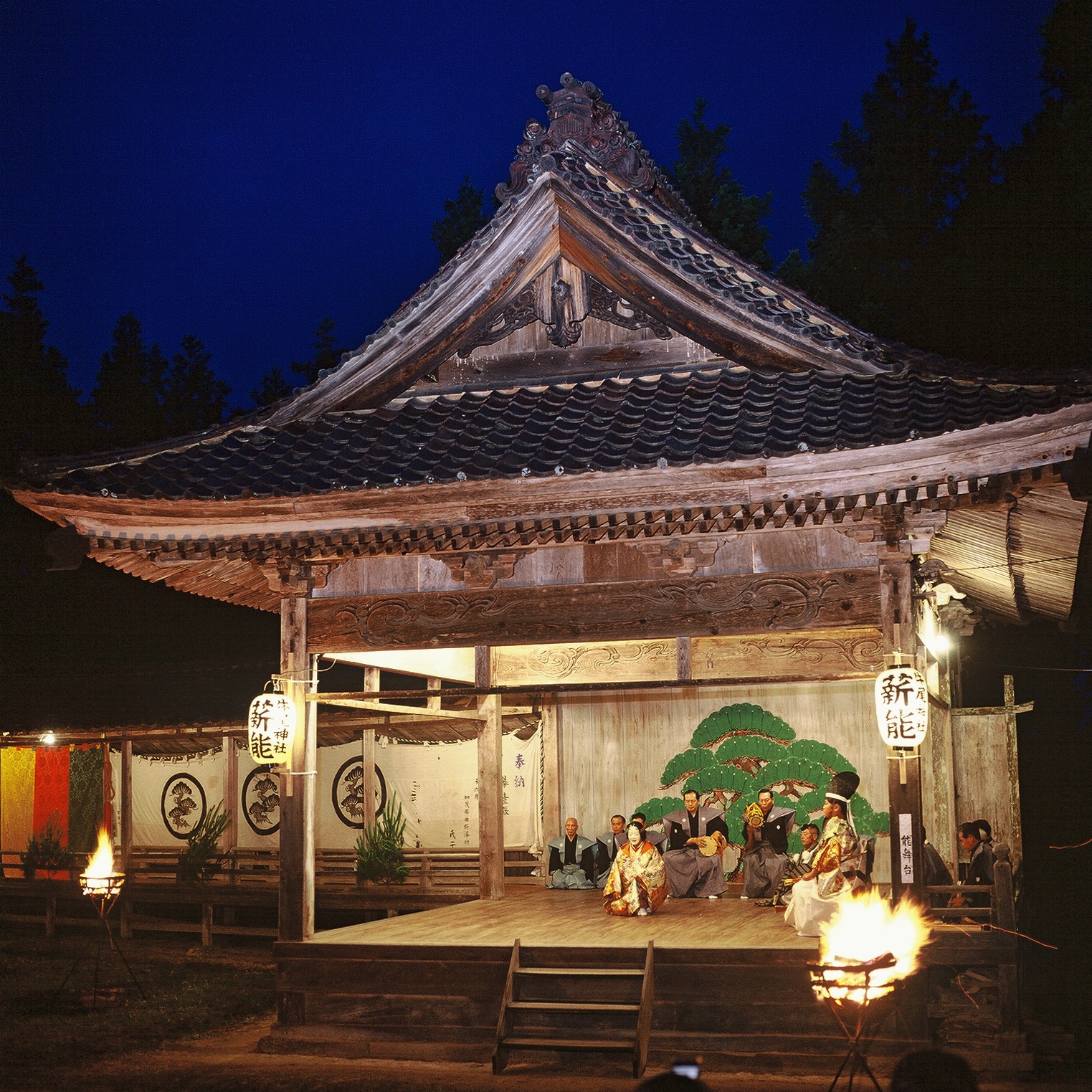
( photo:Sado Tourism Association)
The Edo Shoguns made Noh its official ceremonial art on the auspicious occasions such as the inauguration of Shogun, weddings and the birth of its successors. The 5th Shogun Tsunayoshi is well-known for its great lover. Moreover, some Daimyos(Feudal lords) had a Noh theater at their Edo residences. So Noh was the exclusive art of the samurai class in contrast with Kabuki for commoners.
Noh is an artistic stage entertainment of dancing in the chorus and to the accompaniment of instruments of drums and a flute. The act of moving isn’t quick and words are poetic. Stories are usually solemn or sad which are drawn from the past events or a classical book. Traditionally the performers are mostly by men.
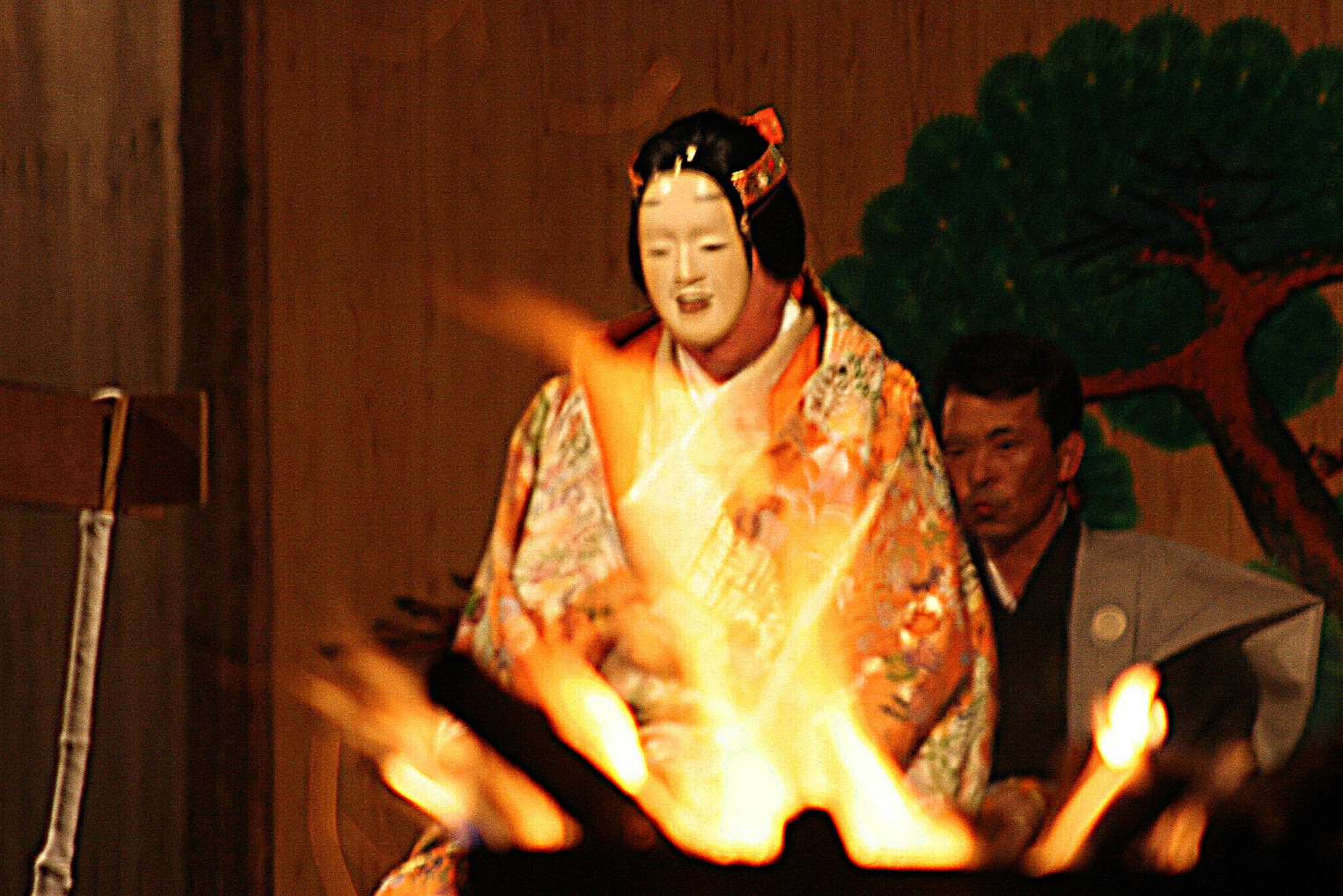
(photo: Sado Tourism Association)
One key character is the Shite, a principal figure wearing a finely carved wooden mask and the body motion instead of the facial action is specially emphasized. Shite acts as a god, a demon or a living human.
After the Edo period was over, Noh lost the patrons and faced difficult times but survives flourishingly with the efforts of the participants in recent decades.
Let’s get together at the East Gardens of the Imperial Palace and share the Japanese culture and history with us.
(posted by Yoshi)

